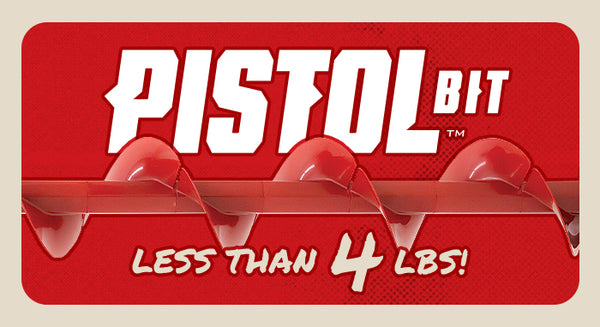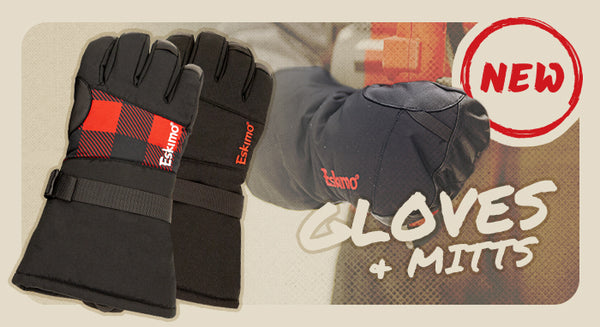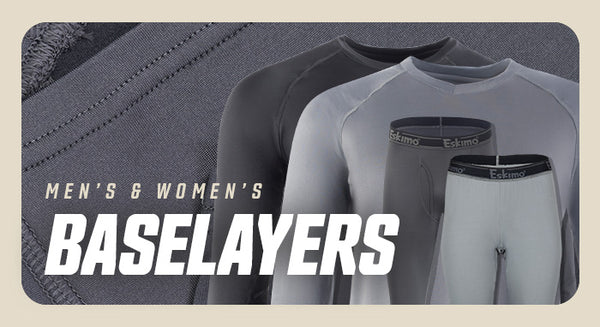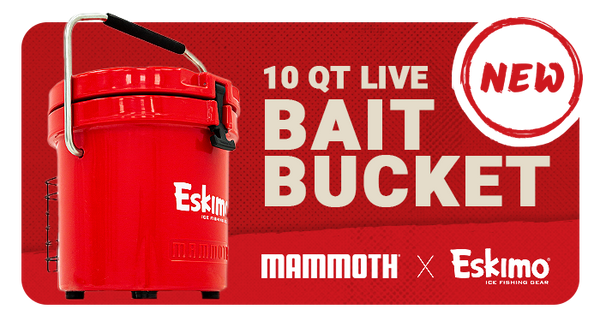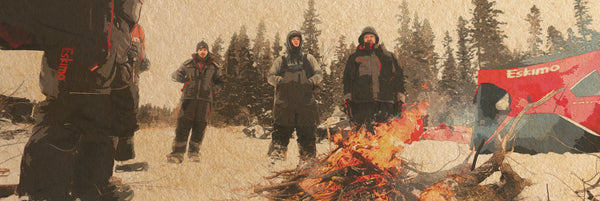Justin Bue | Pro Staff
Have you ever been on a hot bite and not wanted to leave the lake at the end of the day? Maybe you occasionally like to fish a lake that is far away from your house and you would like to spend the weekend? Some people may think you need to buy an expensive sleeper shack in order to do this, but over the past few seasons I have found another option, I call “Ice Camping.”
I have been ice camping in southern Wisconsin for many years. My friends and I started when we got tired of driving an hour back and forth to our favorite lake every night and morning. When we started it was pretty basic, just some guys sleeping in their chairs in a small shack around a heater, but as the years have passed, we evolved and learned, and I believe we have almost perfected it. Here are some things we have learned, and some must have items to pack to help ensure a safe and comfortable night on the ice.
The most crucial item you are going to want to pay attention to is your shelter. You will want a large hub style shelter, preferably with insulated material to help conserve hear and save fuel. For my camping, I have been using the Eskimo Outbreak 450 which has the huge benefit of the full sized door to prevent tripping when getting up in the middle of the night. I have also used the “double hub” style Fatfish 9416i and the six-sided 6120i. All have their advantages, but ultimately, the no trip door is a nice feature when camping.
Once you have picked out your shelter you will want to get a nice heater and propane. Once you think you have enough propane, grab some more just to be safe. One thing that can ruin a night or weekend on the ice very quickly is running out of Propane. It is also a good idea to have a secondary heater along, just in case. If you have a failure, a backup heater is essential. Although many heaters on the market now have oxygen and tip sensors, it is still very important to pack a Carbon Monoxide alarm. This will help prevent asphyxiation as well as help you and your camping partners rest a little easier.
Now that you have heat and shelter you are going to want a comfortable cot and sleeping bag. I prefer a cot to an air mattress or sleeping pad, because a cot will keep, warm, dry and off the ice while you sleep. I also always pack extra clothes and boots in my truck just in case anyone gets wet. Those are the basics to have a successful ice camping trip.
We covered the basics, so let’s get into some of the extra stuff I bring camping to make it safer and more enjoyable. I like to have a nice dry floor while camping so we always bring a tarp to put down on the ice. A good tarp or interlocking foam flooring will help keep your feet dry and will also help keep the shack warmer. Not only will this keep your feet dry, but it will also keep food and other items dry. In terms of food, we always bring a grill to cook up brats, burgers, and venison steaks. Sandwiches will do the trick if you want to pack light, or don’t want to deal with grilling, but a hot meal on the ice is incredibly enjoyable. Head lamps, flashlights, and lanterns are a must have for any night fishing trip. This becomes even more so when you are camping overnight; you never know when nature will call and you have to find your way out of the shack in a hurry. Several of us have started running LED rope lights inside the shack as well, which are cheap, very efficient and put our great light. One last thing I always have with me is a battery pack for charging my phone, running lights, etc. As a safety precaution, it is always a good idea to have a charged phone in case of emergency, and extra power is also nice if you want to fall asleep to a movie or music and not worry about running out of power.
In terms of fishing, everyone has their preference, but one nice thing about camping on the ice is the ability to use tip-up throughout the night. It seems like there is always a hot midnight-2AM bite. I outfit my tip-ups with Vulture Systems Tip Up Alarms. They’re a great long-range two-way sensor that attaches to tip ups to send you an alarm when you get a flag. This means I get to the fish quicker and get spooled less.
Hopefully this information is helpful, and leads to a safe and successful camping trip of your own on your favorite lake this year!


